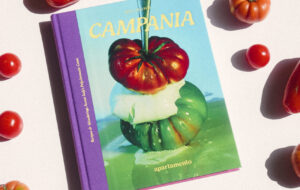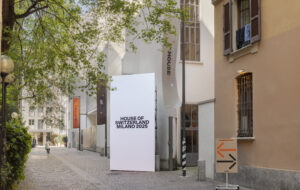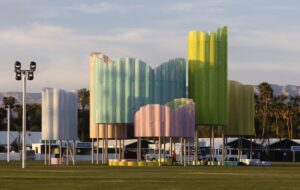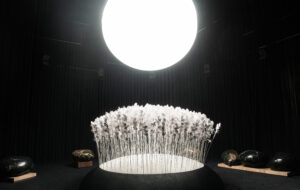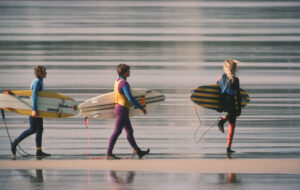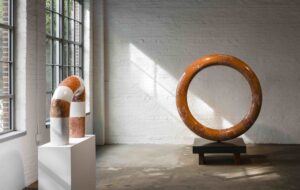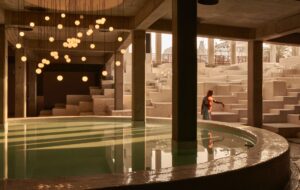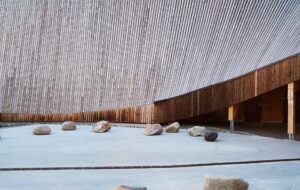At the National Maritime Museum Cornwall, a new exhibition curated by surf academic Dr. Sam Bleakley dives deep into the evolution of surfing—not just as sport, but as craft, culture, and design language.
 Photography by Alex Williams
Photography by Alex Williams
Words by Abbey Bamford
The first thing you see in this exhibition—before you even spot a surfboard—is the sea itself, or at least, the sensation of it. You’re immediately drawn into a looping video of surfers filmed at St Ives and Porthtowan using cameras mounted in mouths and helmets to place viewers quite literally in the wave.
It’s a fittingly immersive start to SURF! 100 Years of Wave riding in Cornwall, a landmark exhibition that charts a century of surf culture through 100 boards and a kaleidoscope of artefacts, ephemera and design stories. Running until January 2027, the show is as much a celebration of coastal creativity as it is a timeline of the sport.
 Photography by Roger Mansfield
Photography by Roger Mansfield
Each section of the exhibition is themed—Culture, Craft, Art, Activism, and Inspiration—offering visitors a sense of progression through time and across disciplines. The exhibition begins in the early 20th century with bellyboards and railways, as Cornish beaches became icons of a new kind of leisure, heavily promoted by train companies seeking to boost tourism.
Wooden belly boards—compact, durable, and made for sandy beaches—became a visual shorthand for seaside escape. Their design remains virtually unchanged today, with a modern version sitting beside a 1920s original in the exhibition, demonstrating the elegance of a good idea well-executed.
The Craft section makes a compelling case for the surfboard as a design object, as Cornwall has long been a hub of board innovation. Here, visitors can trace the evolution of materials and shaping techniques, from early hollow wood boards to mid-century fibreglass longboards and the smaller, more agile shortboards of the 1970s and beyond.
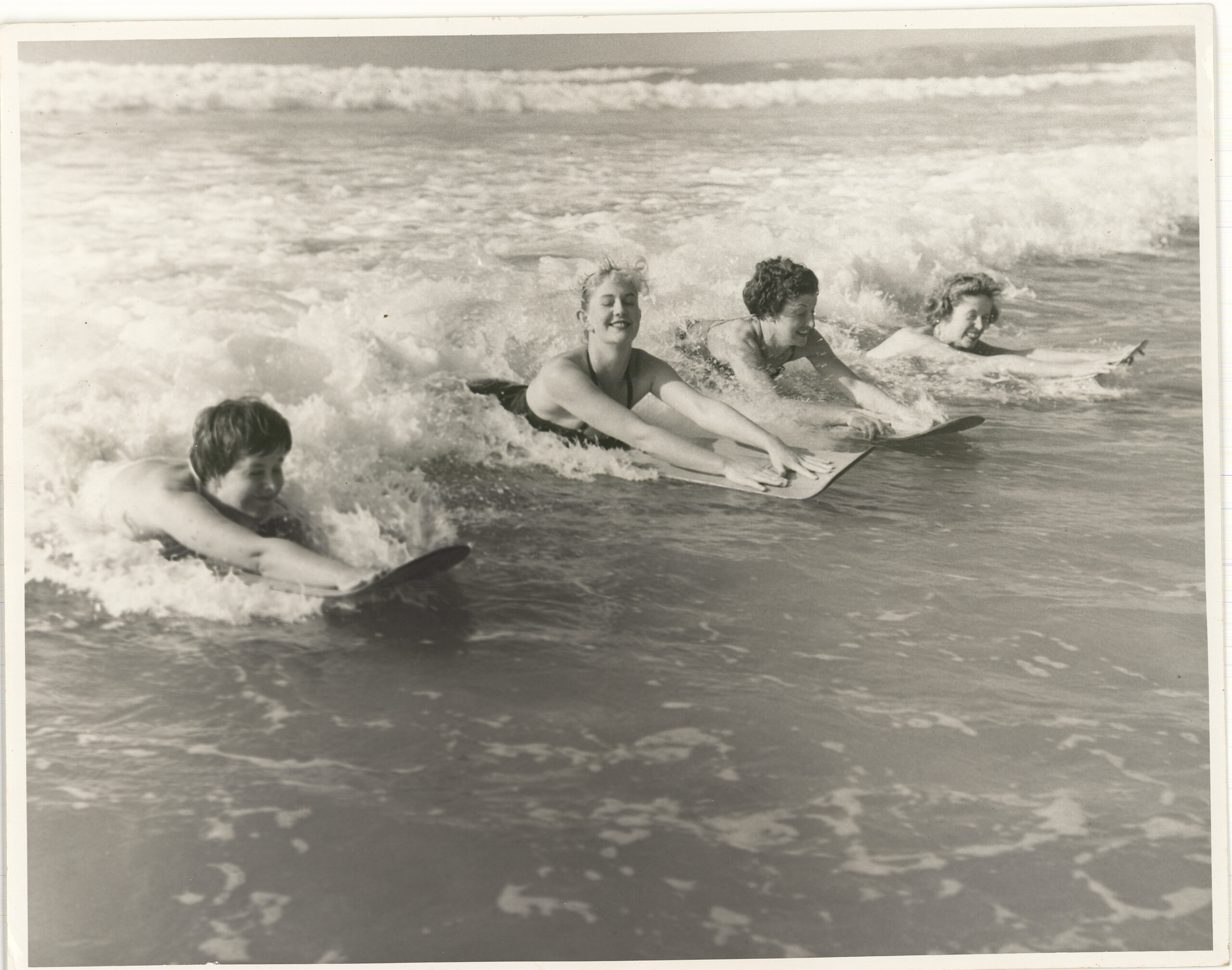 Photography by Alex Williams
Photography by Alex Williams
Particularly poignant is a tribute to Chris Jones, one of Britain’s pioneering board-shapers and a competitive surfer in the 1960s. His shaping tools, custom boards and trophies are all on display as part of the exhibition – artifacts of both sport and artisanal heritage.
Equally vital are the boards and surf gear designed for access and inclusion. Cornwall is a global leader in adaptive surfing, evident in the exhibition through boards developed for para-surfing, alongside the trophies of champions Melissa Reid, Pegleg Bennett and Charlotte Banfield. Finisterre’s Seasuit wetsuit, designed in collaboration with Iranian-Irish surfer Easkey Britton and Iranian triathlete Shirin Germai is another standout—an example of functional fashion that balances modesty, mobility, and design sensitivity.
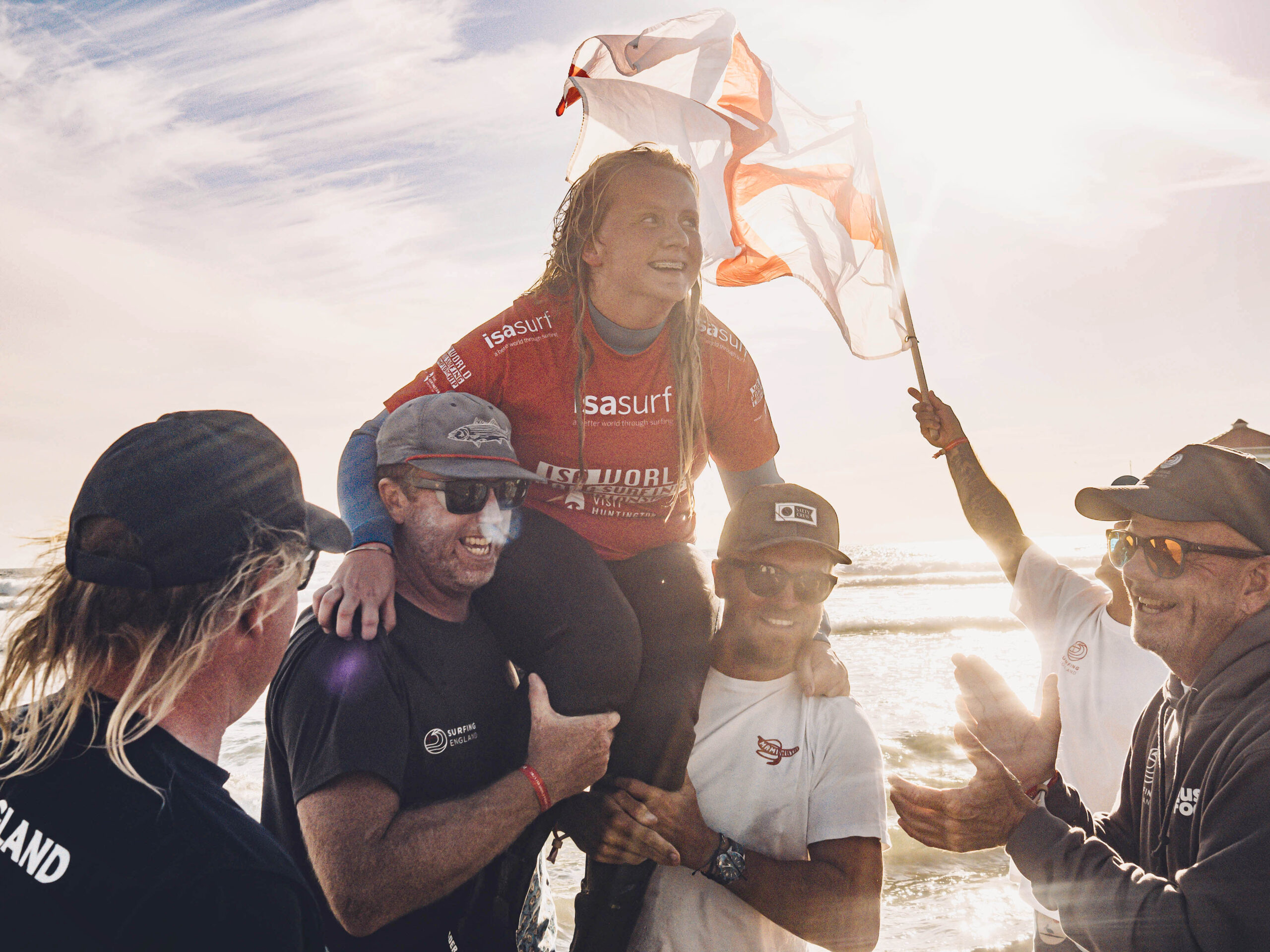 Photography by Sean Evans
Photography by Sean Evans
The Art section is arguably the most visually arresting, thanks to a cluster of surfboards designed by Damien Hirst for Californian surfer Maia Norman features spin paintings and butterfly motifs encased in resin. Though made in Cornwall, the boards carry Hirst’s unmistakable mark—part performance object, part surfable canvas. Other collaborations on display include works by Nina Blake and Polly Morgan, and boards auctioned for the environmental group Surfers Against Sewage.
Environmental design plays a starring role in the Activism zone. A suspended plastic wave sculpture by Abigail Falls hangs above visitors like a cresting warning, drawing attention to the ocean waste crisis. The only way to describe it is both beautiful and bleak, designed to confront as much as captivate.
 Photography by Alex Brown
Photography by Alex Brown
The real triumph of SURF! lies in its breadth, as it doesn’t confine design to objects, but expands it to lived experience—of heritage, family, environment, and self-expression. In the Inspiration zone, surf trophies sit beside a looping film of intergenerational long boarders—grandparents, parents, and children sharing waves and weather. There’s even a corner for visitors to submit their own memories and photographs of surfing in Cornwall, slowly expanding the show’s narrative into a collective one.
From bellyboards to biodegradable wetsuits and fine art to folkcraft, SURF! honours the surfboard not only as a tool of sport, but as a vessel of design history. In doing so, it positions Cornwall as a crucible of coastal creativity, where the waves may come and go, but the culture continues to build.
Get a curated collection of design and architecture news in your inbox by signing up to our ICON Weekly newsletter

